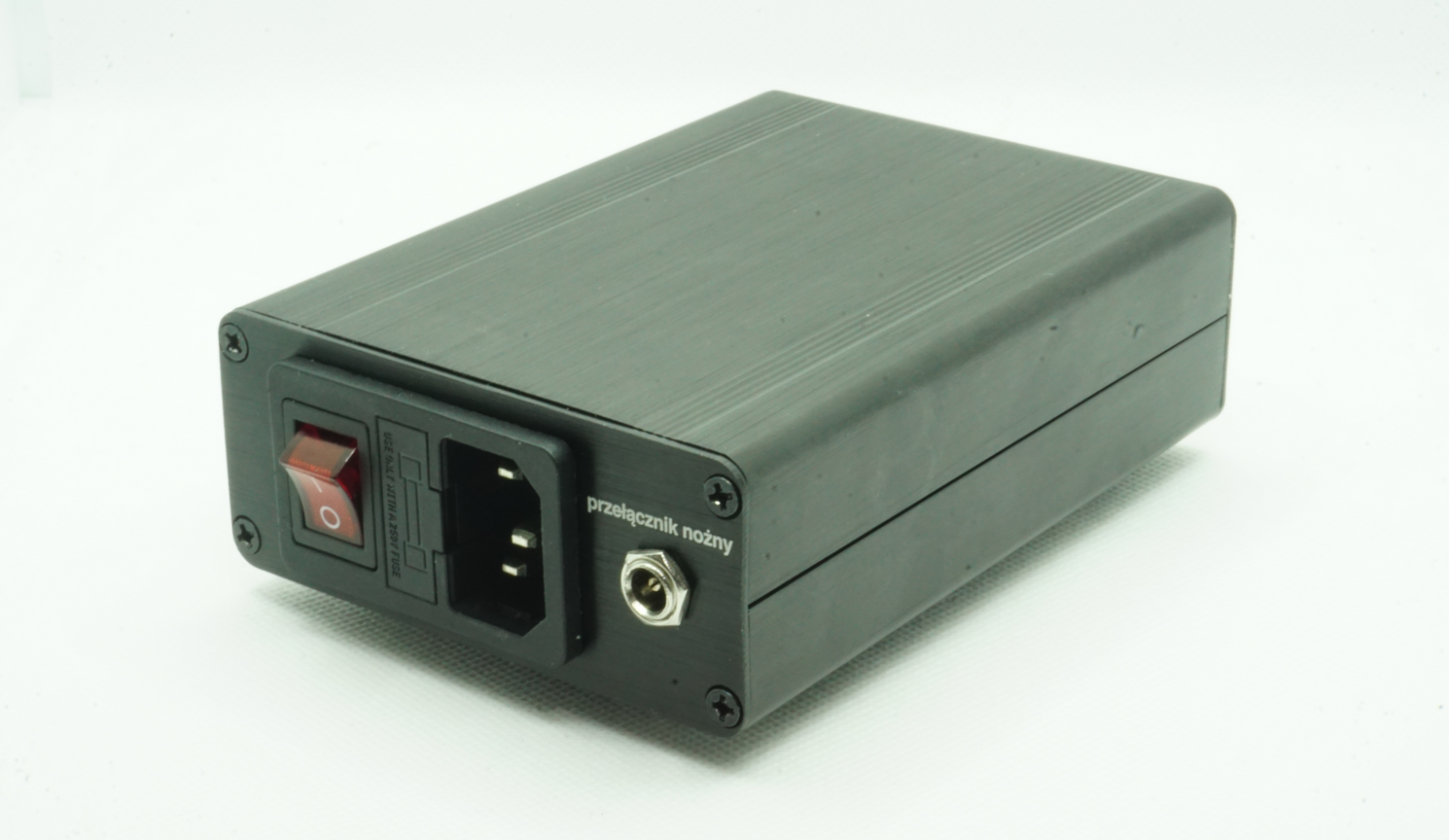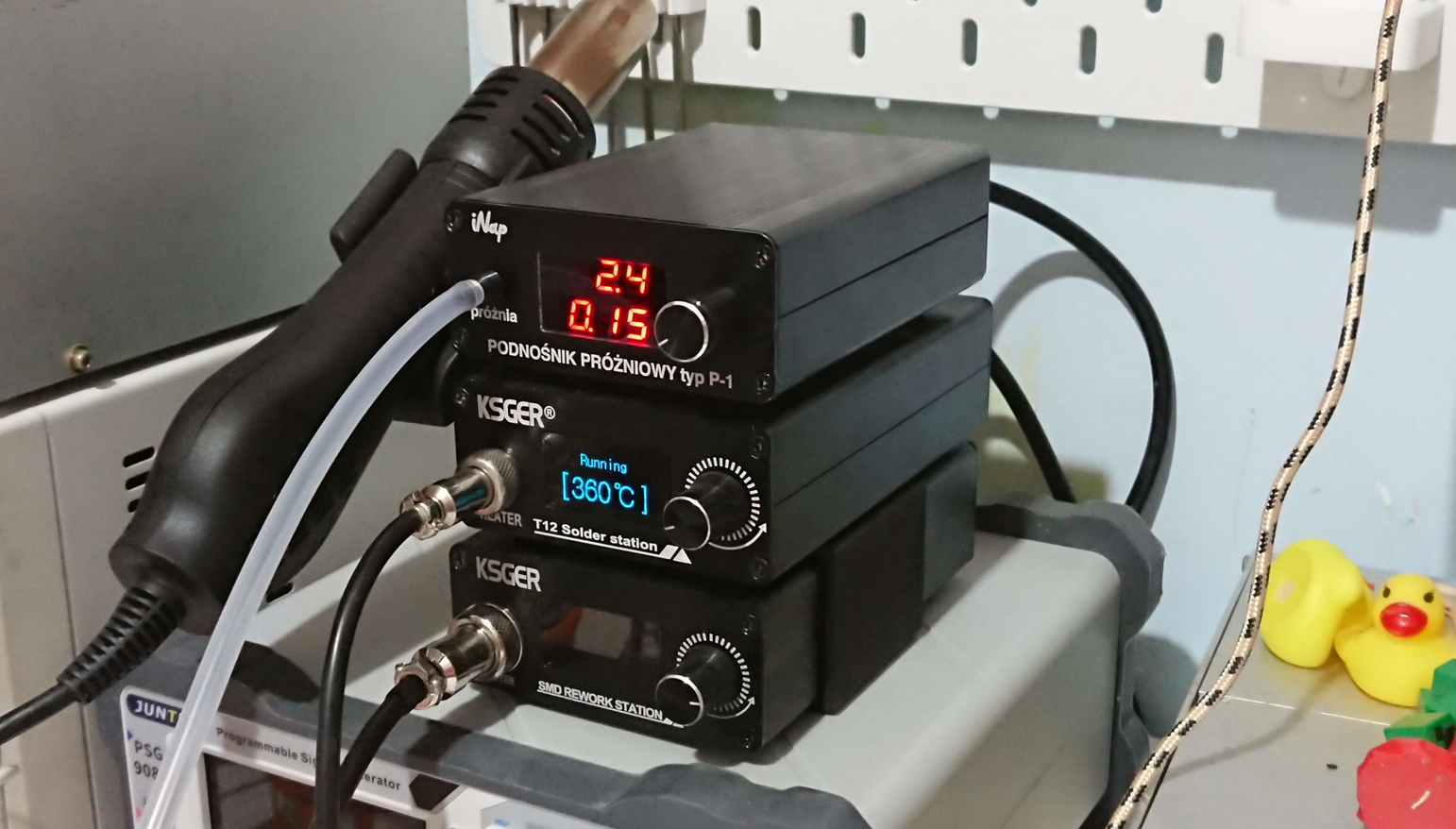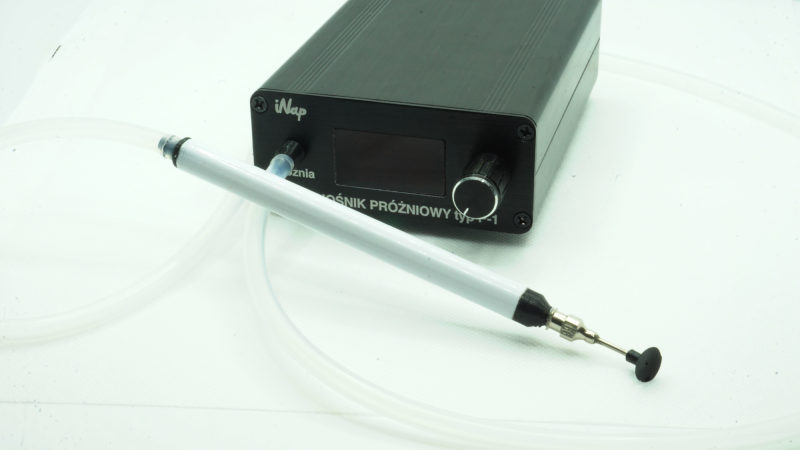Last entry in 2024!
Once again I need to excuse myself for not writing in months, I always put it to do “tomorrow” and finally “tomorrow” is today.
I had to stop working on headcrab once again, mostly because of how much mathematics I need to learn in a short time (the first semester of polytechnic in a nutshell) - BUT there are more upsides than downsides. I remember I tried to study inverse kinematics for robots in 2021 and barely could understand matrices! Now I can easily solve them, allowing me to easily implement IK in the future. More than that, I finally learnt complex numbers, integrals, and basics of algebra with geometry. Everything so far was done in forward kinematics, so finally being able to implement IK properly is a big step forward. Still - that’s learning only theory for the future - so hardware of the robot still hadn’t been touched. I still need to write a proper library for TMC7300, which can’t be done in a single weekend.
In the meantime, I had to finish a previous group project (which finally had been finished), and two side projects: the iNap P-1 Vacuum Pick-up Pen and iNap Drybox. Well, the Drybox is in the same state as the robot is: the hardware is here completed, but it needs to be coded. Because it’s going to be a simple PID driven heater with a minimal frontend, I want to complete it before getting back to headcrab.
The P-1 is a simple project which is an answer to Hakko 394, a Japanese wireless pickup pen. (I know there are chinese pickup stations on aliexpress but they’re actually aquarium pumps being sold as something else, and they’re ugly). Those tools are used during manual PCB soldering. With many SMD components, hundreds of small 0603 resistors, manual tweezers are far from perfect - fatigue, shooting components, lack of precision, etc. With a tool like this you can simply pick up a component - and if the pressure is set correctly - it should stay put in the soldering paste, making you work like a pick-and-place machine. The Hakko is not only expensive, but is also heavy (needs to store batteries!), and requires you to operate a button. My P-1 has a pedal, which requires no additional hand movements which could shake the component out of place. It sounds a bit like overengineering, but after hundreds of placed components it seriously does help.
It’s a recycled device, made from a broken blood pressure monitor. The pump has been modified to “suck” instead of “blow” air, which is controlled by a typical LM2596 step-down board, powered by a salvaged 12V power supply. Additionally, a digital volt- and ammeter were added, just because I had one panel meter laying around.
Everything is in a typical T12 aluminum casing, with CNC milled holes, laser engraved markings, and laser engraved acrylic glass panel. It’s so simple and universal I will make a separate post about it in detail, probably along with an instructable!


I will have next break in February, that’s the time when I need to finish the Drybox (because the filament is already wet.. ) and finally it should be time to focus on headcrab and of course more uni. The next two semesters are rough, so hopefully I will still have time to sit down and write some entries during 2025!
Stay safe drink water etc as usual!
